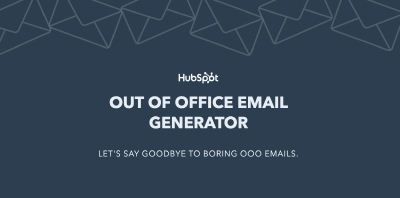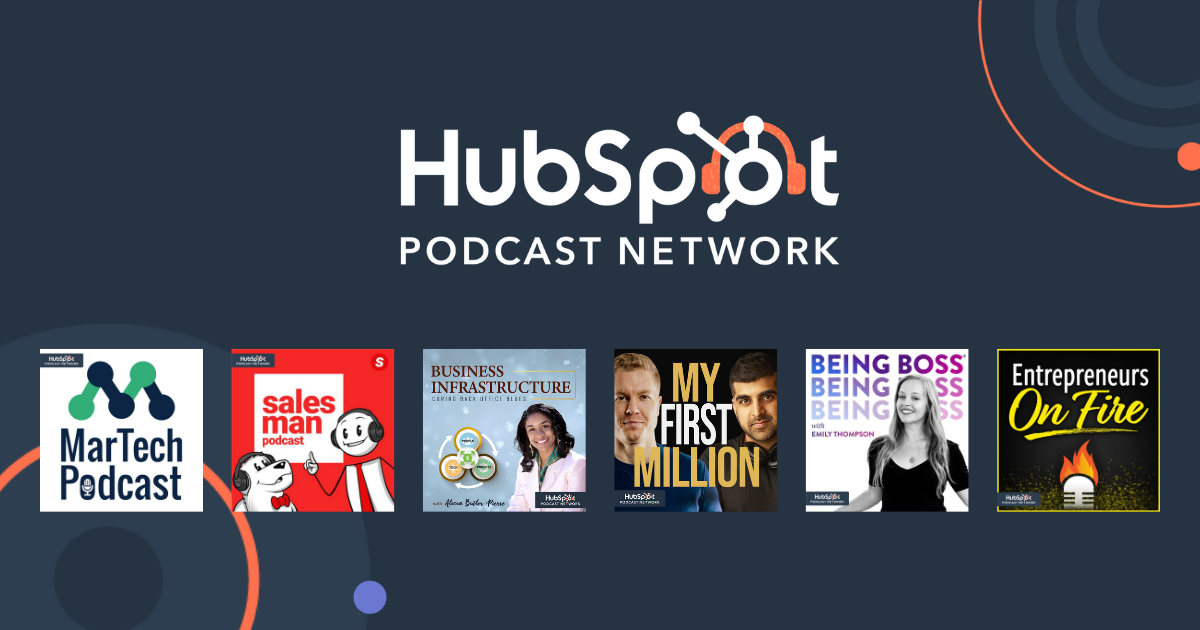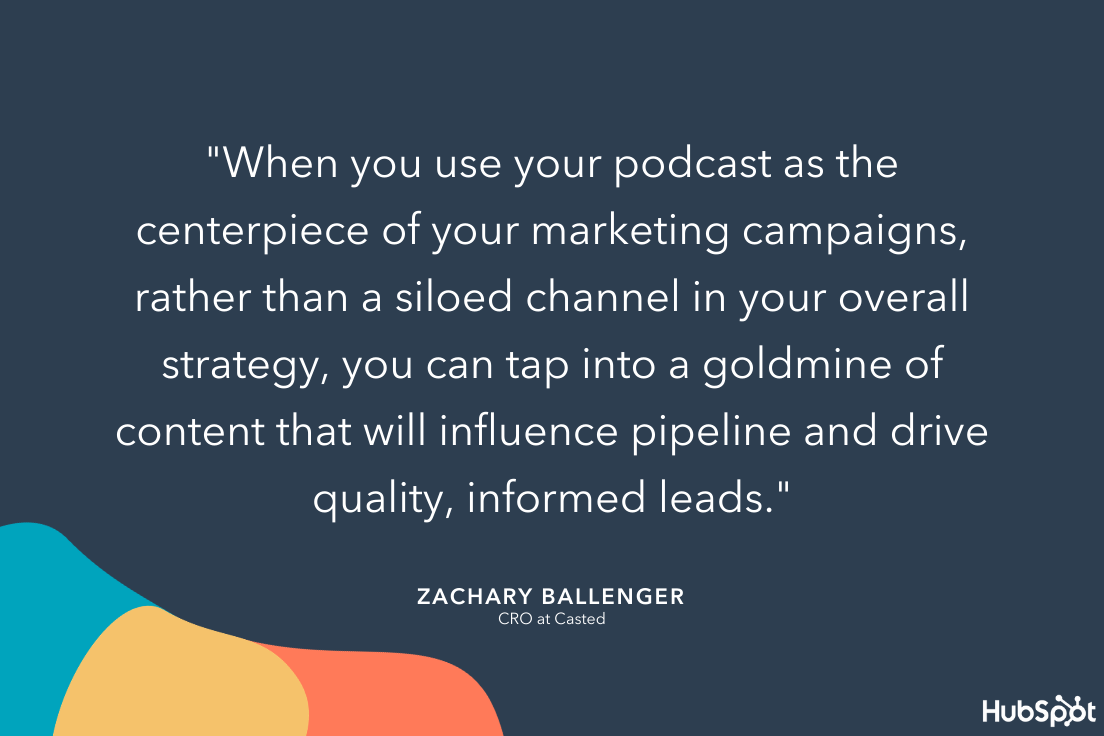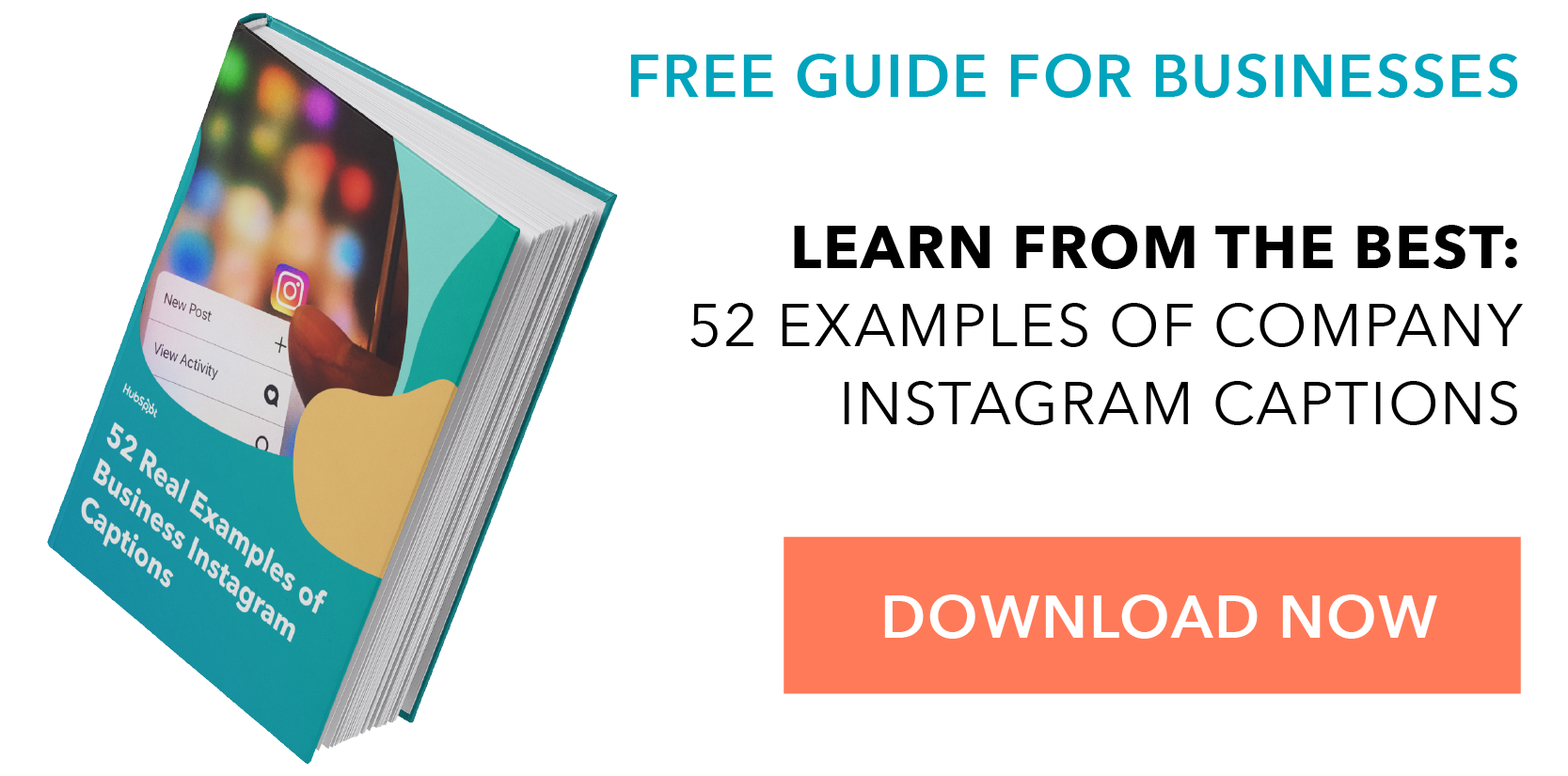When it comes to the final days before vacation, people tend to fall into one of two camps: 1) those who watch the clock incessantly, and 2) those who are so busy before they leave, they might even forget to put up an out-of-office (OOO) email message.
If you’re anything like I am, you probably fall into team two. That doesn’t leave a lot of time to get creative. But if you plan ahead, you might be able to craft some hilarity.

In this post, I’ll go over what an OOO message is and share some of the best examples I’ve found on Google, as well as a few from my coworkers).
Also known as “autoresponder emails,” out-of-office messages run the gamut. From funny, to clever, to snarky, this message can both show your personality and let senders know that, well, you’re out of office.
While you can keep it simple, you can also have some fun with it.
What should I put on my out-of-office message?
First things first: let’s go over the basics of an OOO email. In your away message, you typically include the following:
- A quick “I’m out of the office” phrase.
- The date or time range you’ll be out.
- Who to reach out to in case the sender needs immediate attention.
- A sign-off.
Putting it all together, your autoresponder would read something like:
“Hi there,
Thanks for your email. I’m currently out of office until mm/dd/yyyy. If you need help, email my colleague at [email protected].
Best,
[Name]”
But that sounds boring, right? Luckily, there are ways to spice up your OOO message by adding humor in just the right places.
If you’re feeling stuck, try our free OOO email generator to draft a message that perfectly captures who you are and where you’re going.
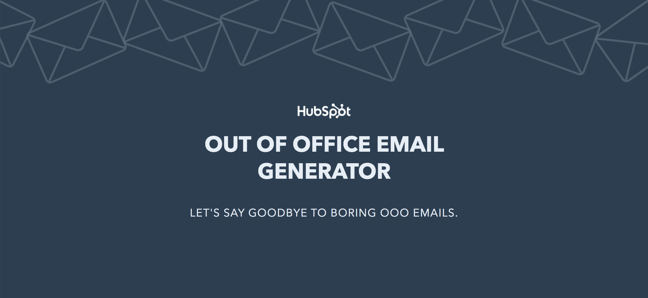 Create your OOO email by clicking here.
Create your OOO email by clicking here.
Out-of-Office Messages for Vacation
1. “I’ll email you back once I’ve defrosted.”
Most times, when people go on vacation, they travel to a warm, tropical place…
But some of us just aren’t as lucky. Or if we’re traveling during the winter and heading up north — well, we’re going to run into some snow, aren’t we?
While this may not prove so fortunate for us, we can use the poor weather for comedic relief. You can even include a screenshot of the weather forecast for a sense of realism. Not only will it give senders a chuckle, but it’ll also generate a certain amount of empathy — which is often the key to good content.
Example
Thanks for your message! I’m currently buried in snow and will get back to you once I’ve defrosted on January 2nd.
And if you think I’m lying…

Image Source
Gotta go, my fingers are frostbitten. If you really need me, either get a shovel and dig me out of here, or reach out to my colleague Anna — who’s not frozen under snow with frostbitten fingers — at [email protected]
2. “If found, contact someone other than me.”

If your email client allows it, you could always just use an image to express your out-office sentiment, like this one. After all, they say that a picture is worth a thousand words — and visual content is still essential to successful marketing.
In this image, you’re letting people know you’re OOO with a “Missing” notice on a milk carton. Genius. Just be careful — this sort of autoresponder is best for internal emails, not for autoresponders that get sent to prospects and clients.
3. “I’ll get back to you when I return to civilization.”
If you’re traveling to a remote, mountainous area, why not jab some fun at your lack of WiFi in your autoresponder? Plus, that makes it less likely that people will expect an immediate response or continue to email you after the first try.
Example
Hi there,
Sorry I missed you — I’m unable to get to my email right this second. Why? I’m on a backpacking trip, surviving on Spam, really good water, and trail mix. You should see the stars out here.
I’ll get back to you when I return to civilization. Or to an area with WiFi. Or to the office on May 10th. Whichever comes first.
If you need help right now, email my team at [email protected].
4. “If you need to reach me, travel to my homeland of Florida.”
When one of my colleagues went on vacation, he sent an out-of-office message that was both clever and smart. First, he sent the recipient on an imaginary scavenger hunt to “the highest peak of the tallest mountain.” He used humorous absurdity to make it clear that he would not be checking email while he was away.
Plus, he incorporated a delightful technique to let people know that if they really wanted him to read their emails, they should probably send them again after his return. Not only does that keep the sender accountable by saying, “If this is really important, you know when to reach me,” but it also helps him truly vacate his work while he’s away. And that’s hard to do.
Below is an example you can use for yourself.
Example
Hey!
I’m on vacation until July 18th. If you need to reach me, here’s what you’ll need to do:
- First, travel to my homeland of Florida.
- Climb to the highest peak of the tallest mountain.
- Find a rare flower (no specifics, of course… It’d be cheating).
- Put the flower back, because as the old hiking rule goes, “Leave everything as you found it.”
When you understand that flower, you’ll know to reach me. Trust me. You’ll know.
If your message requires a response faster than that, please email my manager at [email protected].
If you want to make sure your message gets a response ASAP when I return, please send it on July 18th. I recommend using one of our sales automation tools to schedule it now, while you’re thinking about it.
5. “I know I’m supposed to say that I’ll have limited access to email, but…”
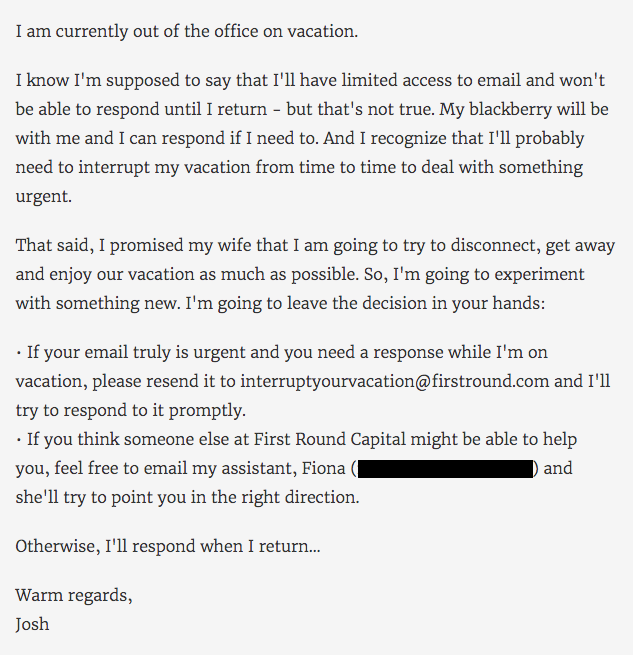
Josh Kopelman’s vacation email is a classic example of taking a blunt approach at OOO messages.
Not only did Kopelman manage to turn his out-of-office message into an epic poem of sorts, but also, he actually went through the trouble of creating a delightfully snarky, vacation-specific email address for his recipients.
Giving the option to contact an email address containing “interruptyourvacation” provides two things — 1) A dose of humor, and 2) discouragement from actually doing what the name suggests. Plus, he prefaces it with a request for empathy, by explaining that he promised quality time to his family.
Sure, Kopelman is truthful about the fact that he’s on vacation, but he also lets the recipient know that he or she would be interrupting important family time if the first option is chosen. It states a point simply and uses humor to avoid making it sound like he wants the reader to feel guilty.
Below is an example you can use for yourself.
Example
Hi there,
You got this email immediately (classic autoresponder behavior), which means I’m out of office on vacation.
While I hypothetically could reach my email, while I hypothetically do have my phone on hand, and while I hypothetically do have access to WiFi, I’d rather enjoy time with my family. My kids are growing up at the speed of a supersonic jet, and if I blink one more time, they’ll be 35. And I’ll be 73. And I don’t want that.
If you still need to reach me, you can email [email protected]. Or you can email my assistant at [email protected]. They can point you in the right direction.
Looking forward to reconnecting once I’m back.
6. “Hi, I’m Troy McClure.”
When one of my colleagues is out of the office, he doesn’t mess around. In fact, he’s turned his auto-responses into a running series of commentary from fictional cartoon character Troy McClure.
Each time McClure makes an appearance in these out-of-office messages, he “speaks” on behalf of my colleague and alludes to the previous auto-responses in which he starred. It’s a mild form of self-deprecating humor — as if to say, “I know, I’m out of the office again” — made only funnier by the made-up teaser title included in the last line.
Don’t be afraid to use a pop cultural reference that the audience would recognize. Instead of bemoaning your absence, they’ll have something fun and familiar to laugh at.
Example

Image Source
Hi, I’m Troy McClure. You might remember me from such out-of-office messages as Avenge My Death if I Don’t Return from DMEXCO and Bye Now, I’m on an Absurdly Long Cycling Trip.
I’m here to talk to you about someone you know. Catalina Wong is out of office until September 27. She wanted me to let you know that she’ll get back to you after her return.
That’s all for now. Watch for me in the upcoming out-of-office message, It’s Not a Hangover, It’s Food Poisoning — I Swear! And be safe out there.
7. “The bad news is that I’m out of office. The good news is that I’m out of office.”
You can show just how thrilled you are about your vacation while still providing an apology (of sorts… not really).
Example
Hey there — I’ve got good and bad news for you. Let’s go with the bad first.
The bad news is that I’m out of office. The good news is that I’m out of office and enjoying elotes in Cancún.
If you can’t wait for a response, my colleague will be happy to take care of you. Just email them at [email protected].
I’ll be back on February 7th.
8. “I am currently out of the office and probably chilling on the beach. Enjoy your work week.”
That’s it. That’s all. Simple and to the point, this message will let people know that you can’t respond to messages.
That said, be careful with messages that are this curt. Make sure you’re familiar enough with your audience — and your boss, for that matter — to know that this sort of out-of-office message will be met with a snicker, and not with annoyance.
9. “Can you guess where I am?”
There’s a term that we like to use around here called “snowbirds,” which is used to describe those who once resided in the northern part of the U.S., only to flee to warmer parts of the country during the winter.
And although my colleague had mixed feelings about her own parents joining that population in Florida, she couldn’t be too upset when her dad suggested flying down from Boston for a Red Sox spring training game.
Naturally, she had to take the day off — and couldn’t let folks know with any old generic auto-response. Instead, she made a guessing game of it in her out-of-office email, which you can use for yourself, below.
Example
Hello there,
I’m currently out of the office, enjoying some peanuts and Cracker Jacks with my family. Can you guess where I am? That’s okay, you’re busy.
If your message is urgent, fear not — we’ll get it addressed. Try doing one of two things:
- Send me an email at [email protected].
- Just kidding. That’s not a real email address.
- Reach out to my manager at [email protected] in my absence.
I’ll be back in the office on 7/19 and will happily respond then. Have a great weekend!
Holiday Out-of-Office Messages
10. “Holiday revelry and debauchery ahead. Proceed with caution (if you dare).”
When you’re out for the holidays, how can you express your thrill for the season without sounding, well, cheesy?
How about warning people of what’s to come? Take a look at an example you can use below.
Example
Hey there,
Careful. Holiday revelry and debauchery ahead. Proceed with caution (if you dare).
By which I mean to say: I’m on holiday, I’m definitely sunburnt, and I’m sorry I missed your email.
Don’t you worry: while I pretend to be Santa in front of my kids, my colleague, Hannah, will cover for me. Just email her at [email protected] if you need urgent assistance.
Take care, and don’t get too carried away with the sunbathing!
11. “Thank you so much for your email. I love it already.”
This holiday out-of-office email is definitely on theme, if not a little passive aggressive. If you’re getting emails during the holidays, why not treat everything you receive that season like the present it is, and send a thank you note?
My snarky colleague sure did in his out-of-office message below. We send thank-you letters in response to holiday gifts, so it’s only natural to expect the same gesture in our work inboxes …
Example
Hey there,
Thank you so much for your email. I love it already. It’s wrapped so nicely in its charming subject line that I just knew this message was going to be something special. Gifts like these just don’t come around every day.
Unfortunately, I’m going to have to return your message. As it’s the holiday season, I’m currently away from the office. When I return, I’ll give your email a good solid read and find that your request is exactly what I needed after all! But until then, I’m going to keep it in the inbox so it doesn’t get damaged and revisit it after the holidays are over.
Happy holidays!
12. “Die Hard Quiz.”
Check out this message from a HubSpot employee that certainly turns the tables on the email sender. Right when you thought you were the one requesting action, the recipient sent back an assignment — a fun one, at least.
While the sender waits for your response to their email, take the sting out of your absence by involving them in a holiday survey, like the one below.
Example
Sorry I missed you. I’ll be out of the office and slow to respond until after the break. While I have you, though, help settle an argument among my colleagues and me:
Die Hard Quiz
What was the best Die Hard movie?
- Die Hard 1: The Office Christmas Party Gone Wrong.
- Die Hard 2: Airport Conspiracy.
- Die Hard 3: Samuel L. Jackson. Enough said.
- Die Hard 4: Cyberthreat.
- Die Hard 5: You should probably not pick this one.
- Impossible! It’s like choosing a favorite child!
Submit
13. “Here are 10 things I’m thankful for.”
This email comes from another one of my colleagues. The purpose of this email is to intercept messages during Thanksgiving, and the way in which it does so is, well, with thankfulness.
The funny and charming email template below keeps the confidence of your colleagues with a list of things anyone who works in an office is thankful for. Of course, feel free to customize this list according to the quirks of your own workplace. Thanksgiving is the perfect time to reveal them.
Example
Since I’m out of the office for the Thanksgiving weekend, I’ll respond to your email with a list of 10 things I’m thankful for:
- Copiers that collate
- Co-workers that brew more coffee when they empty the pot
- Donuts on Mondays AND Fridays
- When IT surprised me with a new laptop AND remembered to transfer my files
- When You-Know-Who died at the end of book 7
- Dry-erase boards that actually erase
- The brave soul who cleaned out the refrigerator
- When I’m early to an all-staff meeting and score a table near the door
- HR finally sent a memo telling people to STOP clipping their nails at their desk
- OOO autoresponders
Have a great Thanksgiving, and I’ll get back to you Monday.
14. “I’m busy watching Christmas movies. Catch ya later.”
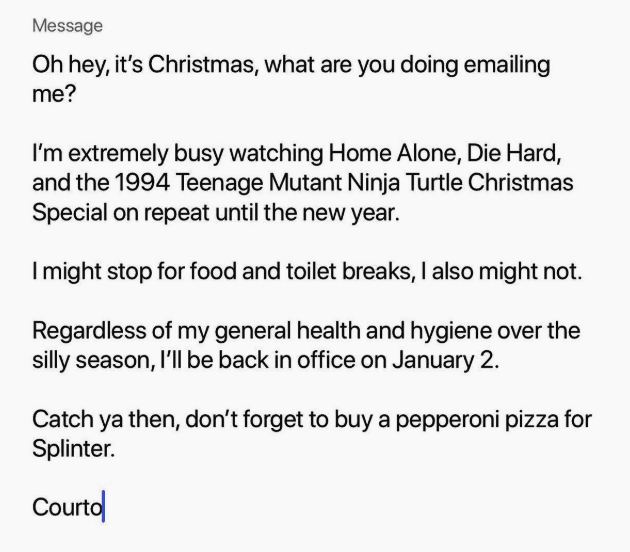 There’s no shame in using Christmas to indulge in your childhood movie tastes, but there is shame in not sharing that adorable side of yourself when people are trying to reach you during the holidays.
There’s no shame in using Christmas to indulge in your childhood movie tastes, but there is shame in not sharing that adorable side of yourself when people are trying to reach you during the holidays.
So, take a lesson from @courtwhip, editor at PEDESTRIAN.TV, who wrote the above hilarious out-of-office email, fully stocked with mentions of the best movies from the 1990s. (By the way, “Splinter” is from Teenage Mutant Ninja Turtles, and as we all know, he loves pizza.)
Below is an example you could use for yourself. Well, it’s the same email.
Example
Oh hey, it’s Christmas, what are you doing emailing me?
I’m extremely busy watching Home Alone, Die Hard, and the 1994 Ninja Teenage Mutant Ninja Turtle Christmas Special on repeat until the new year.
I might stop for food and toilet breaks, I also might not.
Regardless of my general health and hygiene over the silly season, I’ll be back in the office on January 2.
Catch ya then, don’t forget to buy a pepperoni pizza for Splinter.
15. “Thank you for your consideration during this festive or not-festive time.”
Scared of offending a coworker who may or may not celebrate the holidays? Worry not — I’ve got the perfect email for you. If this OOO message does anything particularly well, it’s that it respects the differing views, religions, traditions, and opinions of your coworkers — while amusing so many others.
It’s also a great impersonation of a robot. So if that’s up your alley…
Example
Hello,
You’ve reached Michael Abioye’s inbox. This is a general notice informing you of Michael Abioye’s absence until January 2nd, 20XX. He is currently partaking in the traditions of a certain holiday, which may or may not be denominational or non-denominational. Example Company is in no way endorsing or not endorsing said holiday, nor encouraging or discouraging employees of all demographics to engage in celebratory activities. Thank you for your consideration during this festive or not-festive time.
Sincerely,
Management
Out-of-Office Messages When Working from Home
Working from home? Try these OOO messages to let people know you’re taking a break.
16. “I’ll get back to you once I’m back from my long-awaited trip to the fridge.”
If you’re taking a vacation and staying home, your clients or coworkers may still expect you to pop into the office and answer their email. Use this autoresponder to let them know you’re really not available — even if you’re bumming around on the couch.
Example
Hey,
Thanks for your email. I’m on vacation. On the couch. Eating chips. And bingeing Stranger Things for the eighth time (don’t tell anyone).
Unfortunately, I can’t answer your email (even though my office is three feet away). I’ll get back to you once I’m back from my long-awaited trip to the fridge. Bought tickets on TripAdvisor and everything.
I’ll be back in the office on the third and will get back to you then.
17. “Alexa, play Vacation by Dirty Heads.”
Do you own an Alexa? This might be the email for you.
Example
“Alexa, play Vacation by Dirty Heads.”
And… it’s playing in the background as I write this email. Guess what? I’m on vacation! And I do love my occupation.
Your email has been received and I’ll get back to you as soon as I get back to my home office. Now, how do I turn off this Alexa thing?
18. “The doorbell just rang. It’s the UPS driver. He’s loading me onto the truck.”
In this email, you’re a UPS package getting delivered to your vacation destination. Ah, I wish UPS offered this service.
Example
Hey — you’ve reached my inbox, but hold on, the doorbell just rang. It’s the UPS driver. He’s loading me onto the truck. Dang, it’s stuffy in this truck with all these boxes. He’s taking me down to… Oh! Florida! And now I’m on the beach. Thanks, UPS driver!
The UPS driver is scheduled to pick me back up on the eighth. He should deliver me back to the office by the ninth (assuming he’s not late like he was this time).
Don’t worry — I’ll wrap myself in bubble wrap so nothing breaks.
Funny OOO Messages Never Fail
Are you fully inspired by the creative out-of-office messages above? It’s time to write your own — your upcoming vacation depends on it. Try HubSpot’s OOO Email Generator if you’re feeling stuck, and remember, an out-of-office email doesn’t need to be boring. On the contrary, it should inform and entertain. You don’t want people hating on you because you took a much-needed break.
Editor’s note: This post was originally published in December 2018 and has been updated for comprehensiveness.
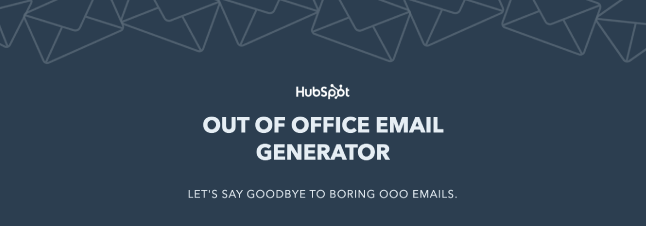

![]()

![Download Now: An Introduction to Data Visualization for Marketers [Free Guide]](https://i4lead.com/wp-content/uploads/2021/05/6ecf26a9-faff-4c16-a2d4-b70751ce8b65.png)
![Blog - Data Visualization [List-Based]](https://i4lead.com/wp-content/uploads/2021/05/2f02d8fe-c9b0-4078-a3ae-5831c892fbd0.png)
![Download Now: Social Media Trends in 2021 [Free Report]](https://i4lead.com/wp-content/uploads/2021/05/3dc1dfd9-2cb4-4498-8c57-19dbb5671820.png)
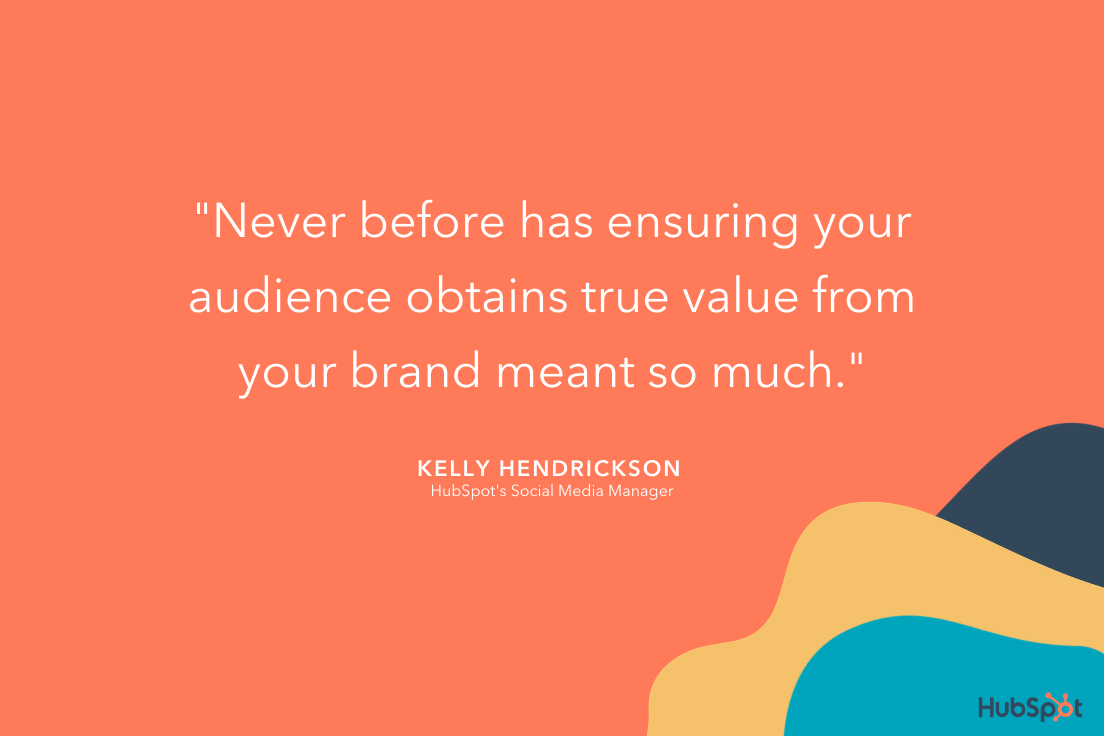

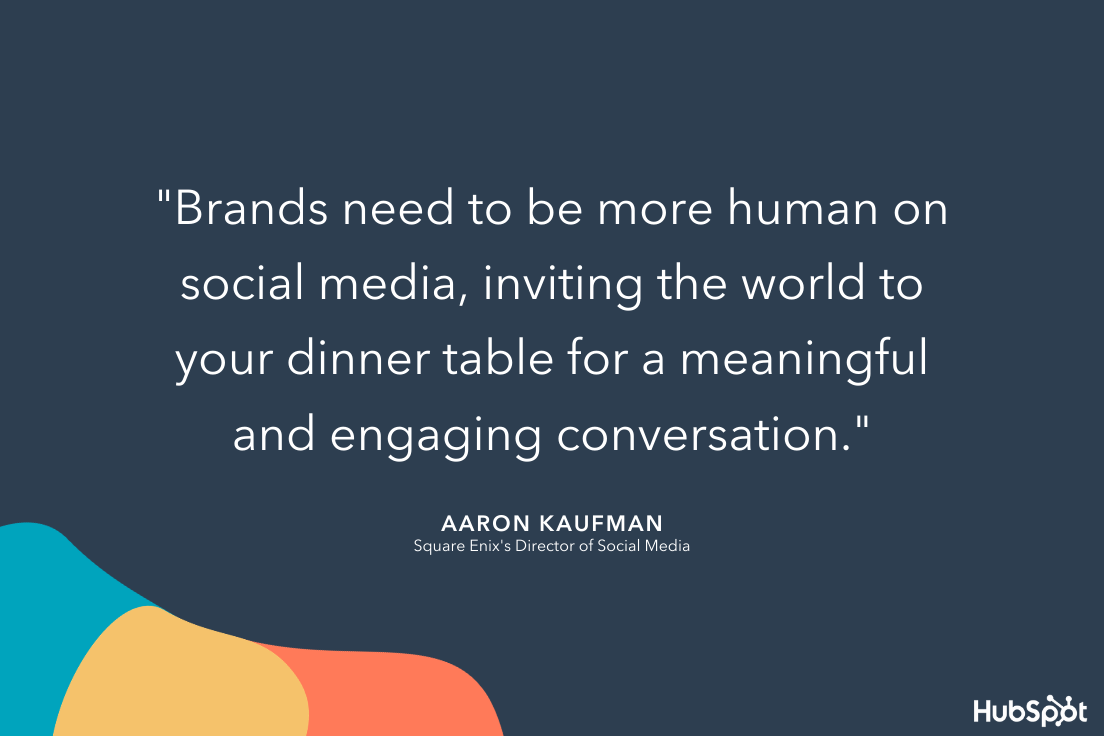
 So, how will brands deal with more demand for thoughtful conversational marketing? A mix of
So, how will brands deal with more demand for thoughtful conversational marketing? A mix of 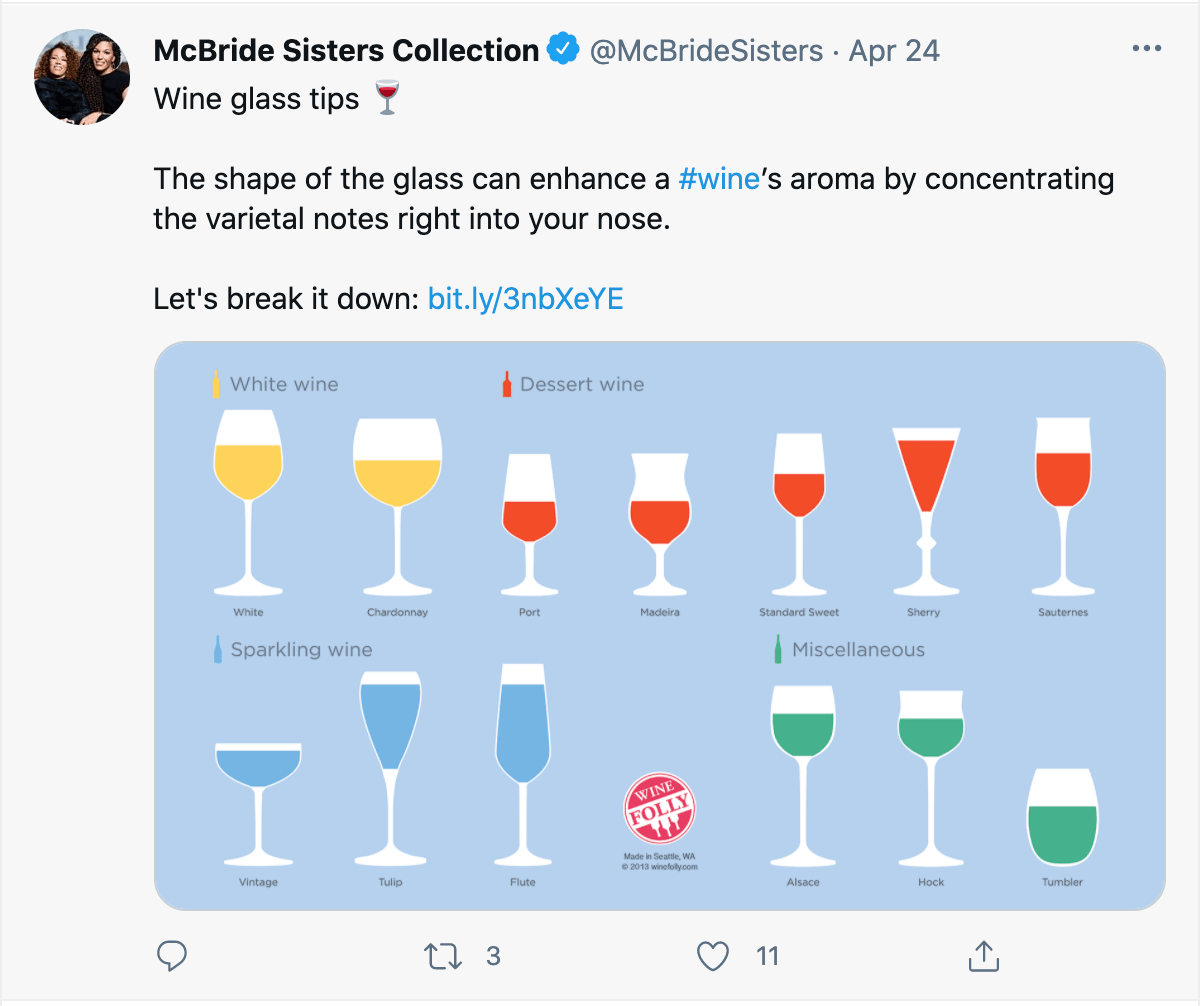
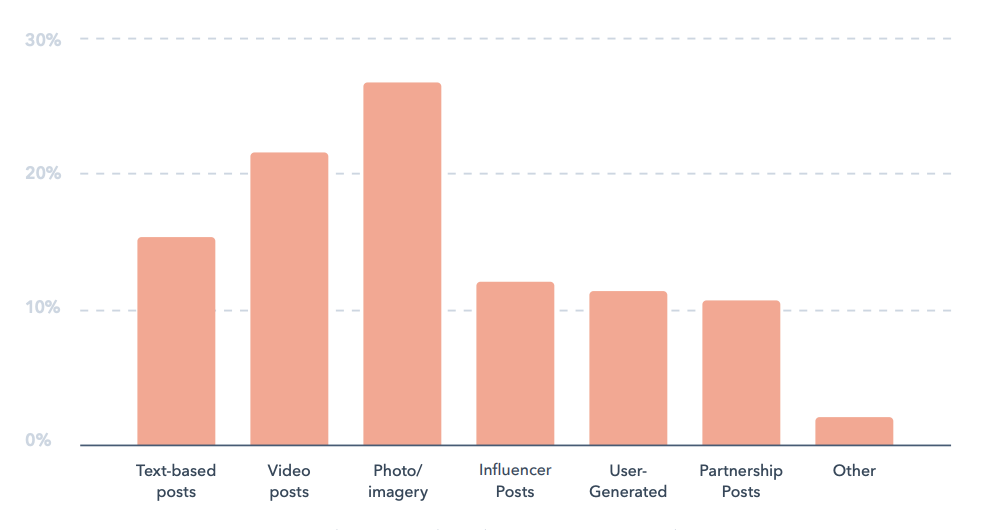
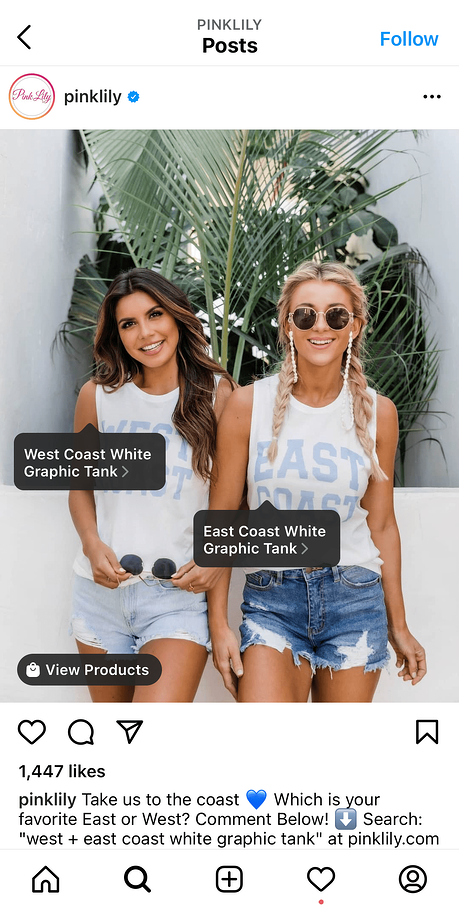 For consumers, this adds convenience. For brands that couldn’t build their own ecommerce store, the online shopping tools noted above are providing new opportunities to effectively sell products online.
For consumers, this adds convenience. For brands that couldn’t build their own ecommerce store, the online shopping tools noted above are providing new opportunities to effectively sell products online.  While some brands have spoken directly about their thoughts related to COVID-19 or other news items, others have shown authenticity by zoning on their customers through user-generated content or customer testimonials.
While some brands have spoken directly about their thoughts related to COVID-19 or other news items, others have shown authenticity by zoning on their customers through user-generated content or customer testimonials. 



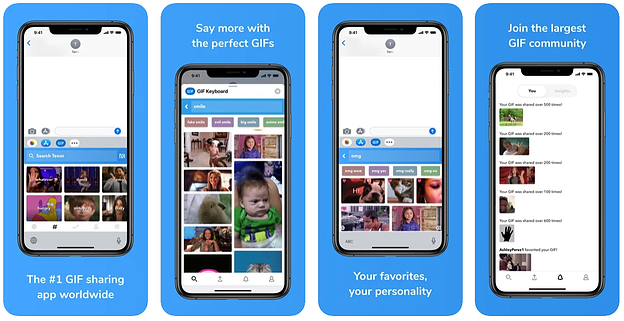




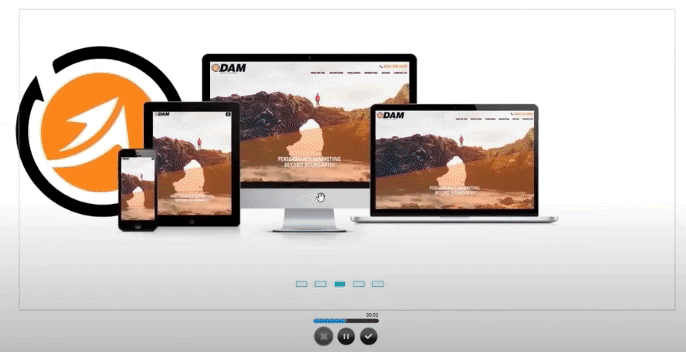
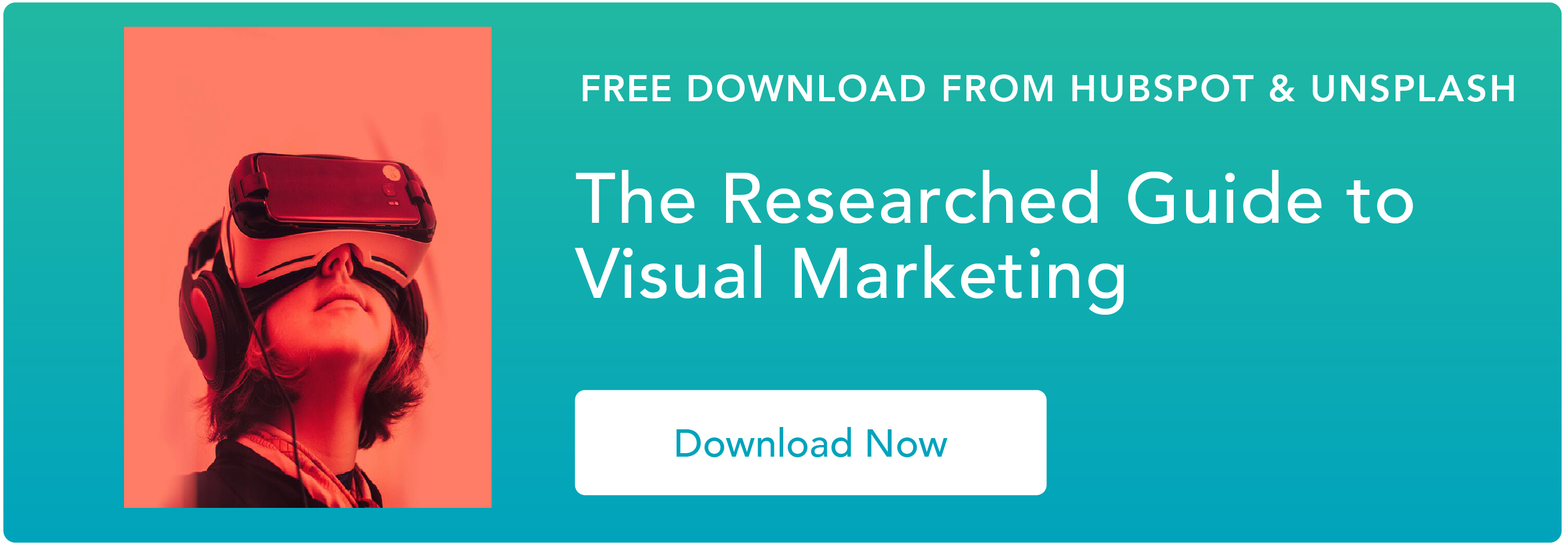

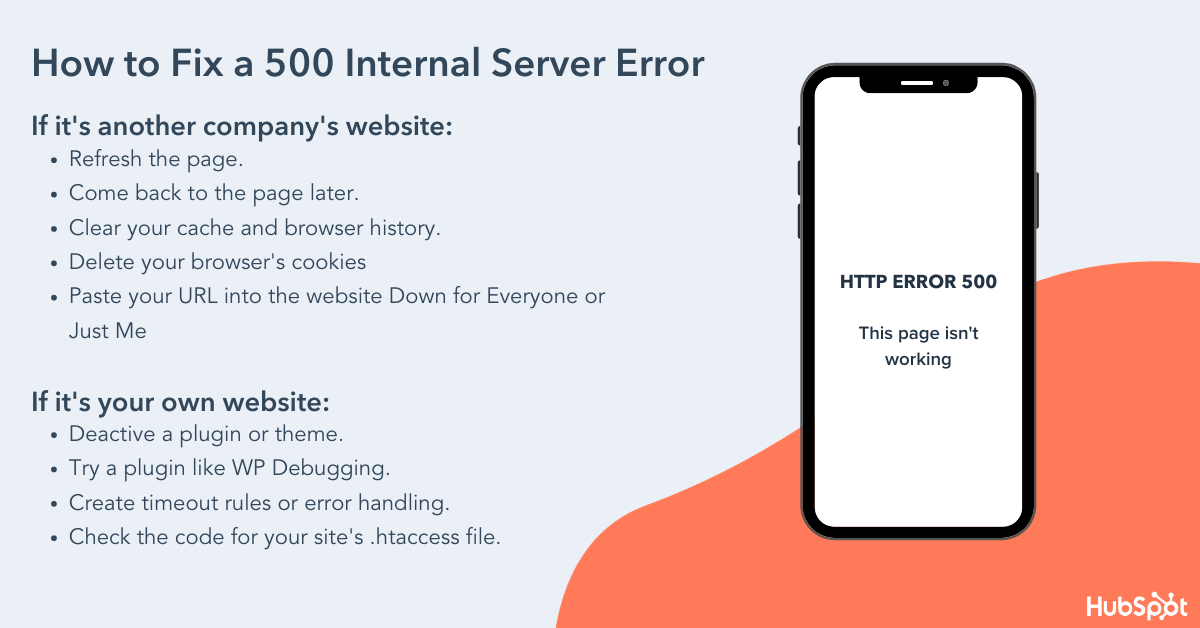
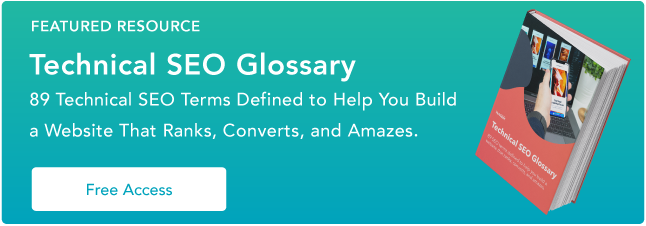








 There’s no shame in using Christmas to indulge in your childhood movie tastes, but there is shame in not sharing that adorable side of yourself when people are trying to reach you during the holidays.
There’s no shame in using Christmas to indulge in your childhood movie tastes, but there is shame in not sharing that adorable side of yourself when people are trying to reach you during the holidays.
